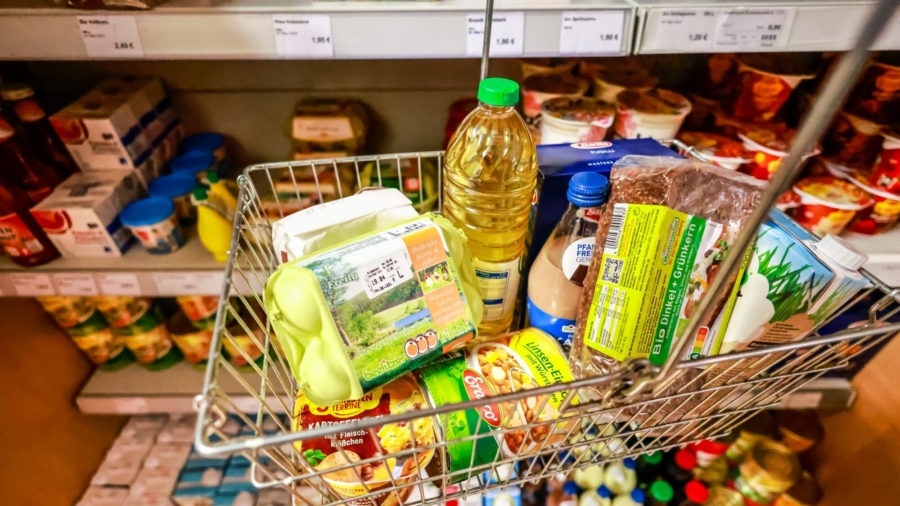Food prices across the world rose at their fastest pace on record in March, according to a UN agency.
The Food and Agriculture Organization of the United Nations (FAO) said that its food price index made a “giant leap” in March, rising 13 percent over the month to 159.3 points, an all-time high.
Record surges were also noted in several food sub-categories, with prices of vegetable oil, cereals, and meat vaulting to unprecedented levels.

The FAO pointed to conflict-related export disruptions from Ukraine as a key factor behind the inflationary pain
Even before the outbreak of the Russia–Ukraine conflict, food prices were at a record high due to factors like pandemic-related supply chain disruptions and a post-lockdown pick-up in demand. The war has made those inflationary pressures worse.
“The current conflict between Ukraine and the Russian Federation is increasing the risk of a further deterioration of the food insecurity situation at global level,” the FAO said in a recent food insecurity assessment (pdf).
The war has disrupted trade flows in the Black Sea region, with a significant impact on food supplies as Russia and Ukraine are both net exporters of several leading cereal crops: wheat, corn, and barley.
The FAO’s cereal price index spiked 17.1 percent in March, hitting 170.1 points, its highest level on record.
“This month’s increase reflected a surge in world prices of wheat and coarse grains, largely driven by conflict-related export disruptions from Ukraine and, to a lesser extent, the Russian Federation,” the FAO said.
With the war raging along Ukraine’s southern coast, the country’s main Black Sea ports have been blocked off, leading to difficulties exporting grain and other goods.

Prior to the outbreak of hostilities, Ukraine exported 98 percent of its cereals by way of the Black Sea and is now scrambling to find alternate export routes, such as rail. But as Kyiv looks to alternative routes by land, logistical problems and red tape have led to delays.
Ukrainian officials said Thursday that some 1,100 train wagons carrying grain were stuck near the main rail border crossing with Poland and so those cargo exports were stalled.
Russia and Ukraine are major food exporters. The two countries jointly account for around 30 percent of wheat exports and around 80 percent of sunflower seed products trade, including sunflower oil, according to the AMIS Market Monitor (pdf). Some countries, like India, are heavily reliant on sunflower oil imports for domestic food supplies.
Aid agencies have warned that disruptions to Ukraine’s food exports mean that countries that rely on them heavily—including China, Egypt, Turkey, and Indonesia—will have to find alternate supplies or face food shortages.
UNICEF said on Thursday that the Russia–Ukraine conflict was increasing the risk of malnutrition of millions of children in the Middle East and North Africa.
Bruegel, a European think-tank, estimates that Russia and Ukraine each provide around 6 percent of global market shares in food calories, noting in a recent study that the conflict “puts this at risk.”
From The Epoch Times


